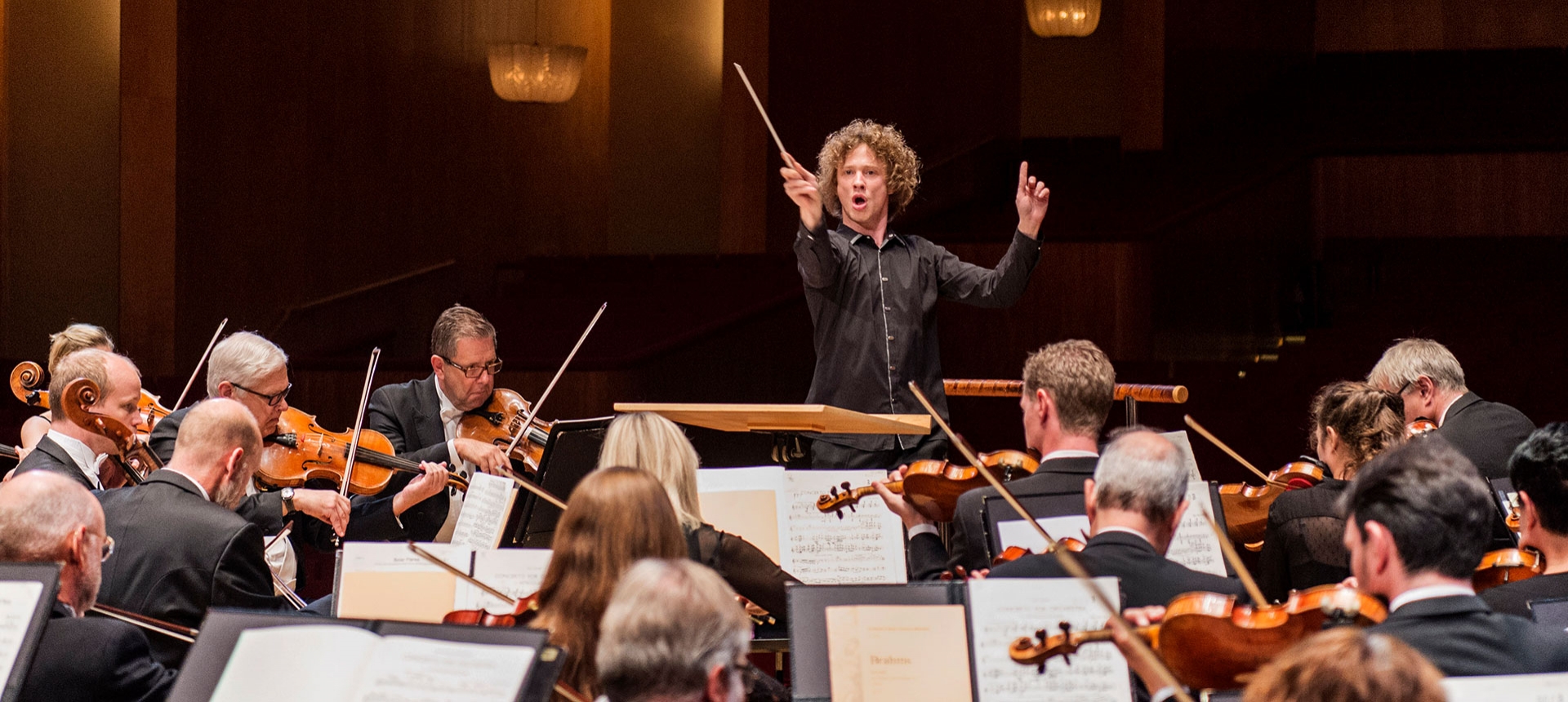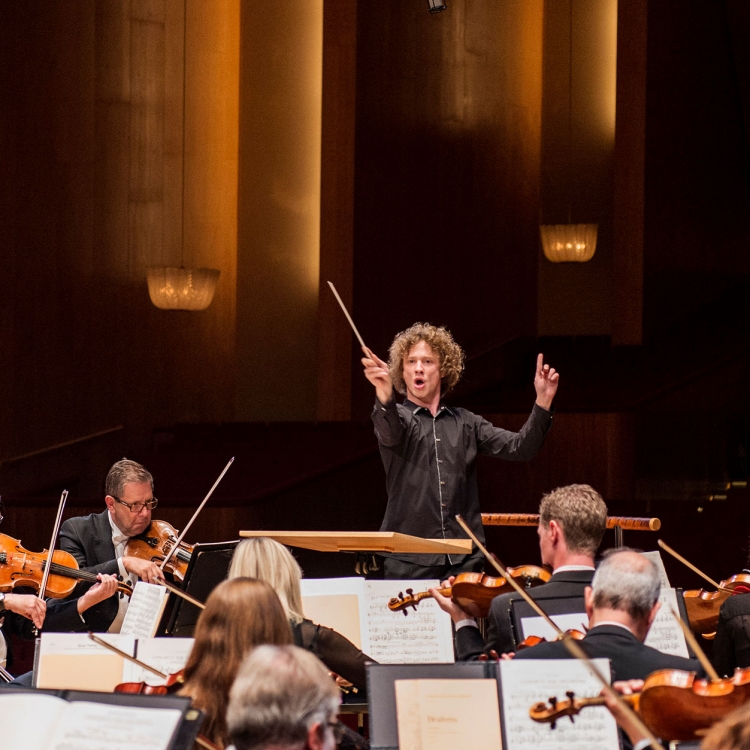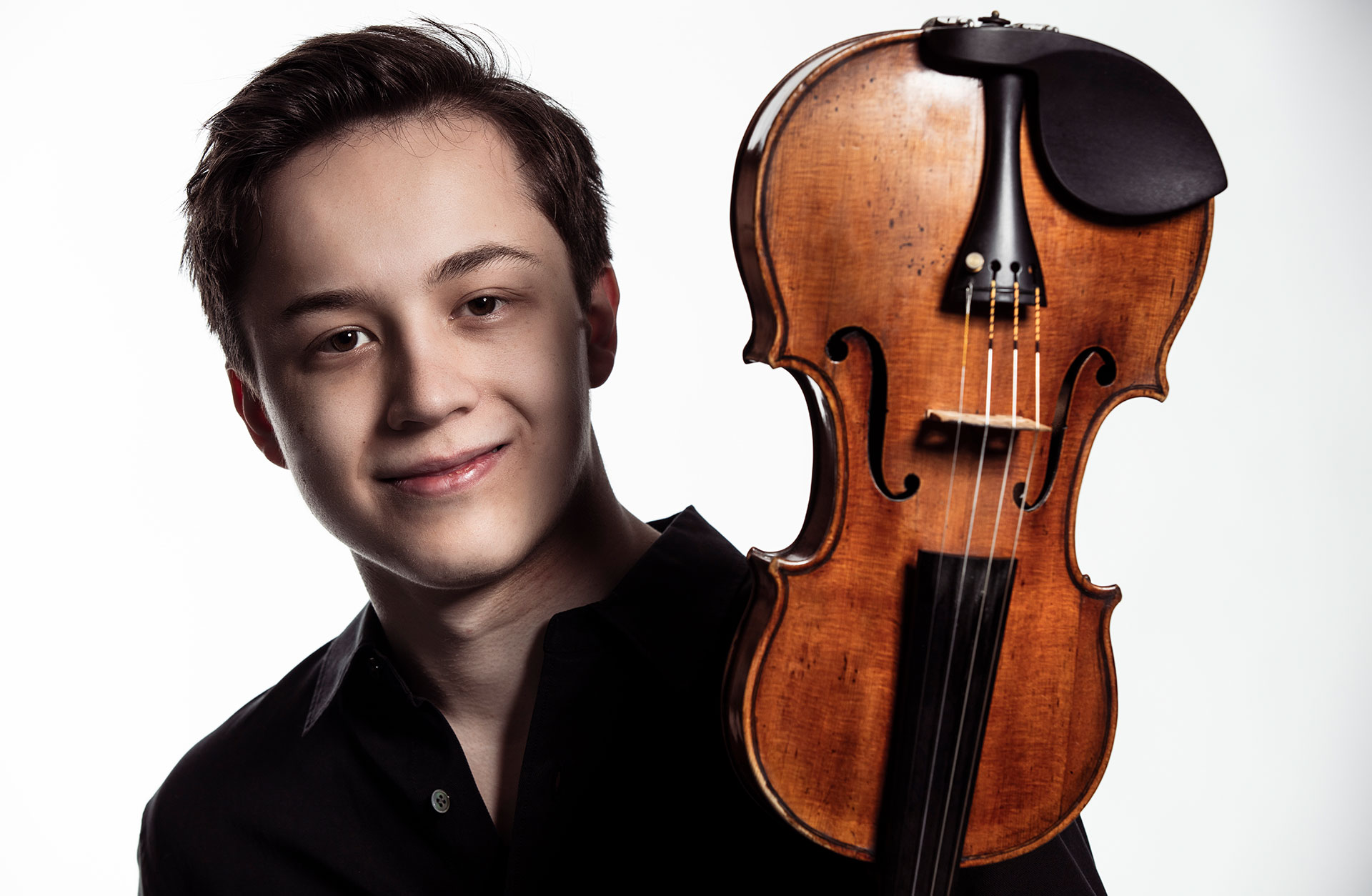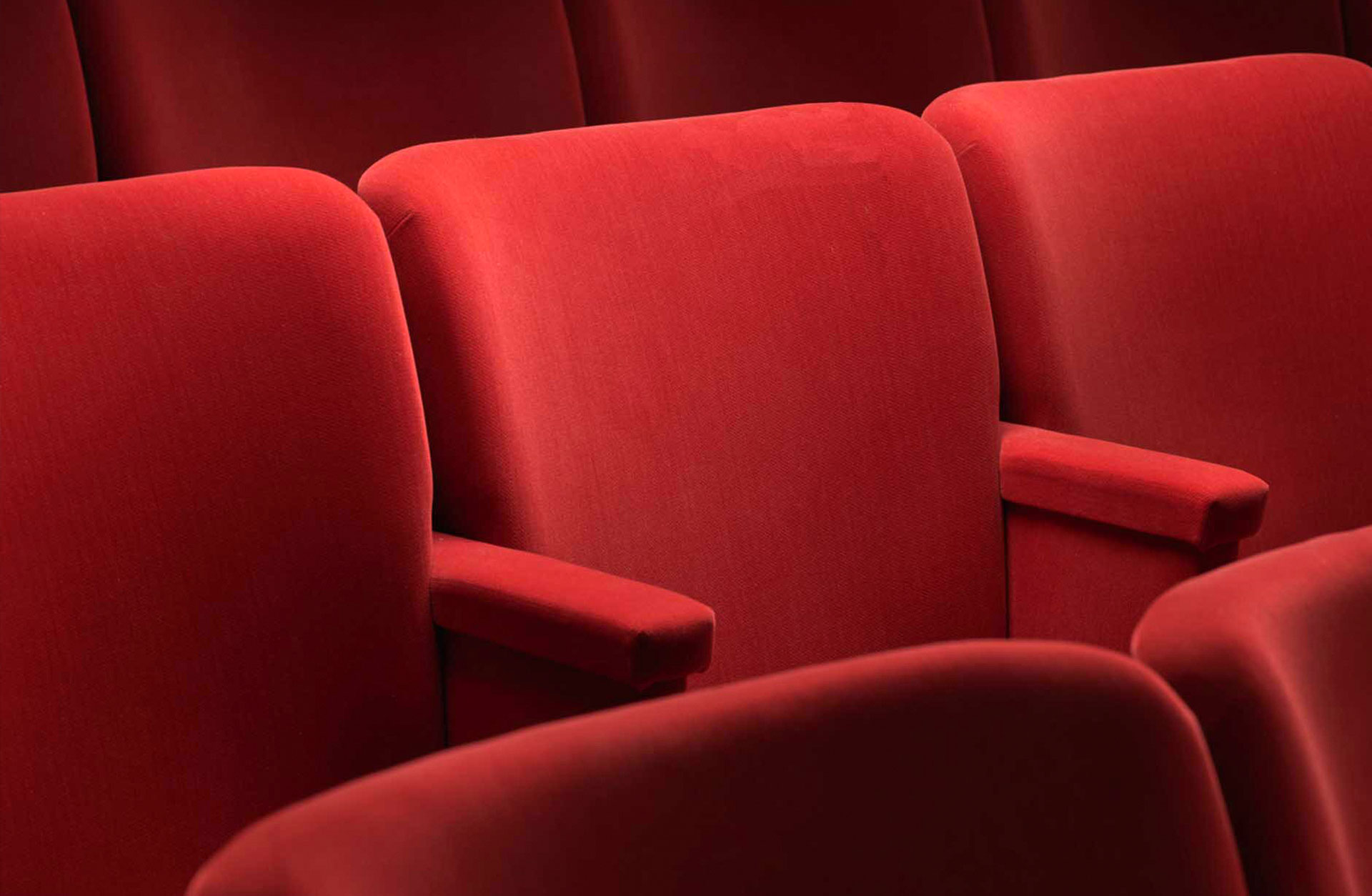Cart
Your cart is empty
Your cart is empty
List is empty
Press ESC to close the search field



Event has already taken place. Magnificent tonal splendour with the Gothenburg Symphony Orchestra, conductor Santtu-Matias Rouvali and violinist Johan Dalene.
The initial fanfare in Also sprach Zarathustra is one of the best known pieces of classical music, rivalled only in this regard by Beethoven’s immortal Fifth Symphony. Its use in Stanley Kubrick’s film “2001: A Space Odyssey” made it even more well-known.
Yet there is much more to Richard Strauss’ monumental tone poem than just this striking introduction. It also provides us with beautiful string passages and magnificent tonal splendour, with the Gothenburg Concert Hall’s new organ playing a central role.
The music is based on the German philosopher Friedrich Nietzsche’s book Thus Spoke Zarathustra – a dense and multifaceted essay on philosophy, mankind and morality.
During this concert we also meet the Swedish super talent Johan Dalene as the soloist in Samuel Barber’s retrospective Violin Concerto. The evening begins with music by the London-born but USA-based composer Anna Clyne.

Get to know the classical pieces
Get to know Anna Clyne.
Take a seat in the Great Hall one hour before the concert begins and learn more about the music you will soon experience! You will get the stories behind the music, knowledge of the composers and own reflections about the classical pieces. The introduction last for about 30 minutes, it is free and free seating in the hall. Warm welcome!
Adjacent to the concert we are showing the art piece Pixilation (2019) by composer Johan Svensson, composed for two keyboards, light and samples and specially adapted for Gothenburg’s Concert Hall foyer. Tightly connected sound and light sources create interlaced animation sequences that evolve over time inside light-protected tents. Let yourself be enveloped in darkness and experience how bass frequencies fill the room.
Note: Installations will contain flashing lights and stroboscopes.

Here you will find all the necessary information that you need to know about before your magical visit in the Concert Hall.
Invite yourself or someone you like to an experience for all the senses. Welcome to visit the Concert Hall's restaurant or one of our foyer bars.